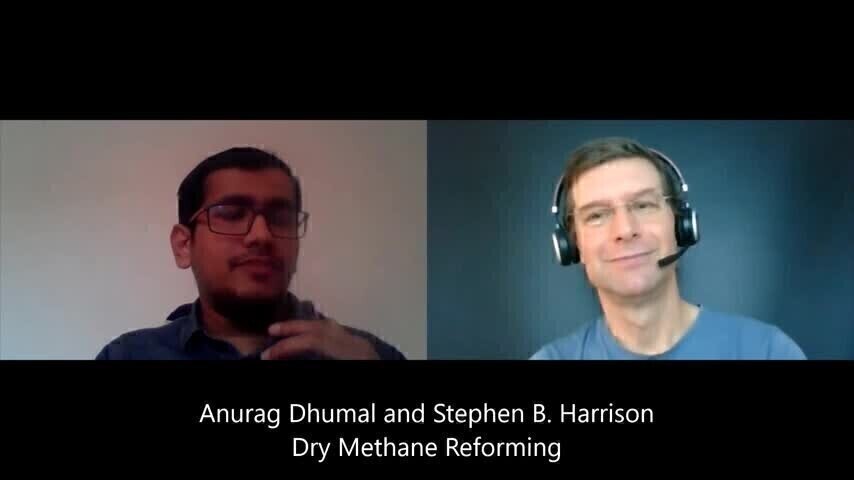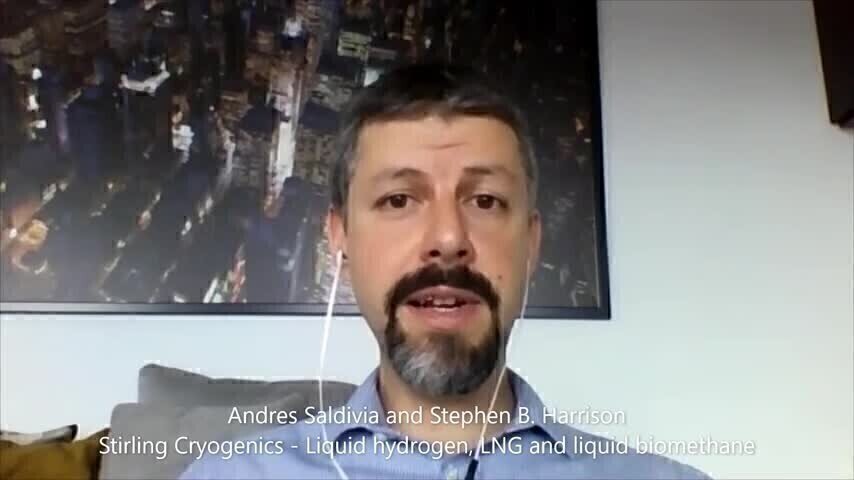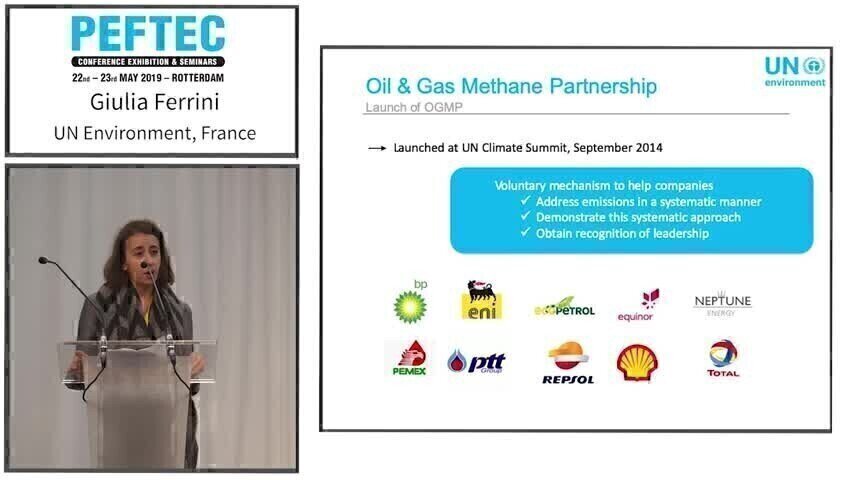E-Learning
Videos
Past Events
Non-traditional gasoline additives (NTGAs) like ethyl acetate are being researched as beneficial octane-booster replacements for ethanol and methyl tert-butyl ether. Other octane-enhancing NTGAs, including acetone and N-methylaniline which can degrade automobile engine performance, are sometimes used illegally in gasolines outside the United States and Europe. Unfortunately, monitoring programs relying on ASTM D6730 (Detailed Hydrocarbon Analysis) and ASTM 6839 (Multidimensional Gas Chromatog...
Today's quality control labs face high regulatory and financial pressures. International and national regulations (e.g. ASTM D6667, D5453, D5762, D7457 etc.), set high standards for the labs and especially in industry and contract labs - analysis has to be affordable in order to keep a competitive pricing for final products and offered services. Additionally, complex sample matrices make even routine S/N/Cl/C determinations difficult and the amount of samples that have to be analyzed in th...
The Methane Number (MN) is a measure of the resistance of fuel gases to engine knock. The MN can be described on an engine by comparing the fuel to pure methane, which has an MN of one hundred and pure hydrogen which has a MN of zero. Several models and calculators have been developed to calculate an estimated me MN based on a thorough compositional analysis. Operators of large scale gas engines can improve efficiency and reduce maintenance by tuning and operating engines under optimum con...
The petrochemical and chemical industries are facing new challenges. Extended focus, new legislation, regulations and better standards have been presented by governments and regulators for air quality management. New solutions are now required to provide high sensitivity, low detection limit, continuous and spatial monitoring as a real time control and prevention tool for fugitive emissions. In order to meet these challenges, automation of remote sensing technology based on Open-Path FTIR...
Heavy Fuel Oil (HFO) is the most widely used marine fuel at this time and only a comparable small part is used for oil-fired power plants. It is derived from the residue after crude oil distillation and is characterized by a high viscosity, and requires heating for storage, pumping and burning. A critical factor is the high amount of e.g. sulfur and other heteroatomic compounds. Because of environmental and health implications the limits for e.g. sulfur has decreased constantly from max. 1.5%...
BTEX compounds (benzene, toluene, ethylbenzene and xylene) are a group of Volatile Organic Compound (VOCs) that are responsible for various environmental and human health problems. The key sources of VOCs are industrial processes (especially those involving solvents) vehicle emissions, leakage in underground storage tanks, pipeline leaks, surface spills, refinery facility leaks, vehicle and aircraft emissions, paints and adhesive Accurate and reliable BTEX testing is crucial not only in pr...
Structural elucidation of hydrocarbon classes, heteronates impurities and functional biomarkers in petroleum products are always in high demand. Sheer number of compounds in petrochemicals sample quickly exceeds the available peak capacity of single-column GC techniques. Consequently the use of multidimensional separation techniques is almost invariably required. Despite the superior separation afforded by GCxGC, the identification of individual compounds in complex petrochemicals remains cha...
Recent advances in Machine Learning (ML), especially deep learning, have demonstrated superior to human performance for a variety of decision and recognition tasks. Together with advances in computational hardware and hyperspectral optics, affordable real-time ML based hazard event detection has become a reality. By providing the state-of-the art Artificial intelligence(AI) and ML based solutions for event detection, Rebellion Photonics embarks on a journey to revolutionize hazard and safety...
Developing robust and accurate analytical methods relies on collecting the best data and extracting maximum insight. The volume, diversity and complexity of data in analytical chemistry is increasing all the time. This means that analytical chemists often need the skills and tools of a data scientist to efficiently and effectively deal with these challenges. There is much promise around Machine Learning methods, in particular. However, many of the methods and their results can be appear to be...
Despite the steady progress in analytical instrumentation and methodologies, the chemical description of petroleum heavy ends remains challenging, in particular, due to the structural and compositional diversity. In recent years, Fourier transform mass spectrometry, with its unbeaten resolving power and mass accuracy have shown to be a suitable tool for the molecular level characterization of petroleum, commonly referred to be as Petroleomics. Most often direct infusion approaches, such as el...
Digital Edition
PIN 25.4 Aug/Sept
September 2024
Analytical Instrumentation - Novel and Rapid LSC method for the analysis of biogenic carbon in fuels Measurement and Testing - Matrix evaluation on the Xplorer-V with Vectra autosampler accordi...
View all digital editions
Events
Oct 23 2024 Lima, Peru
Oct 23 2024 Ashgabad, Turkmenistan
Hydrogen Technology Expo Europe
Oct 23 2024 Hamburg, Germany
Oct 23 2024 Tirana, Albania
Oct 23 2024 Vung Tau, Vietnam
























